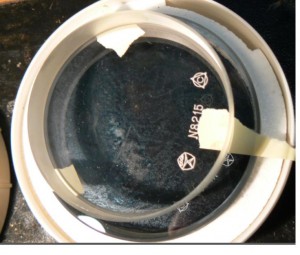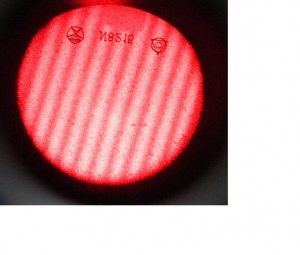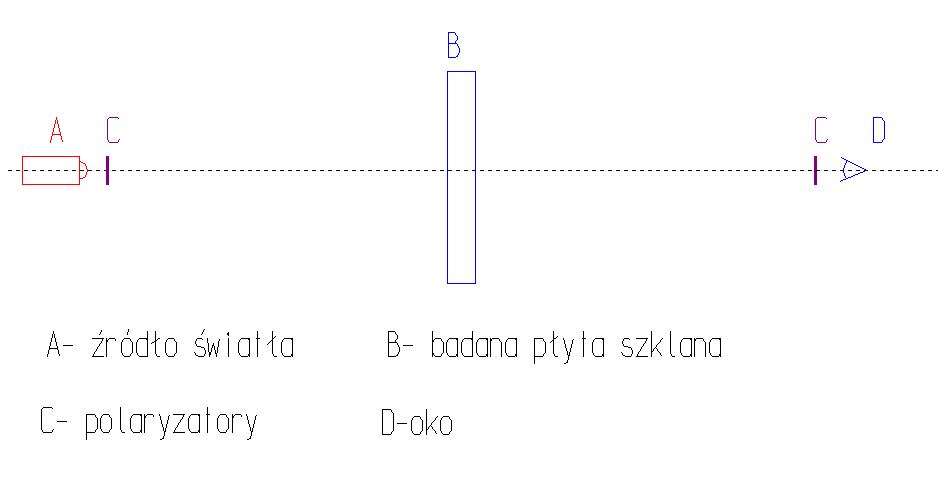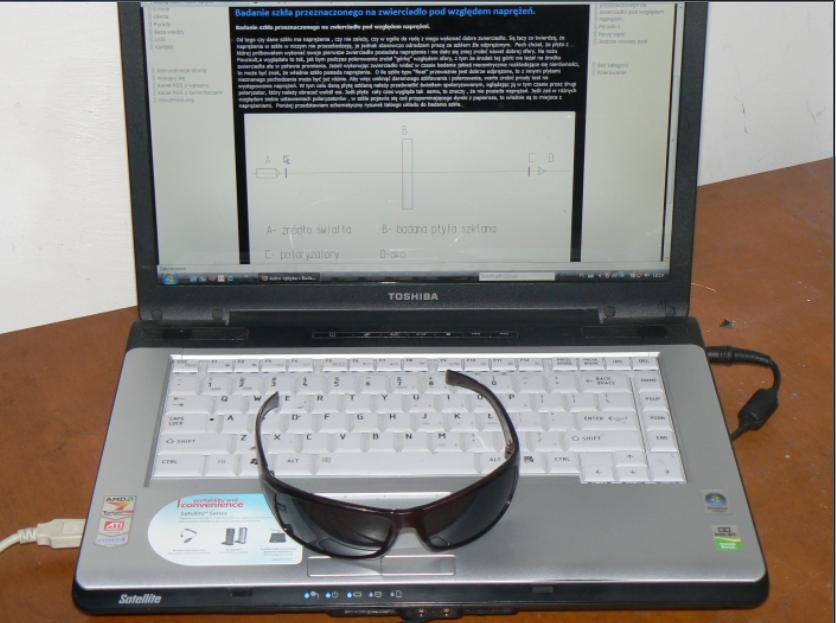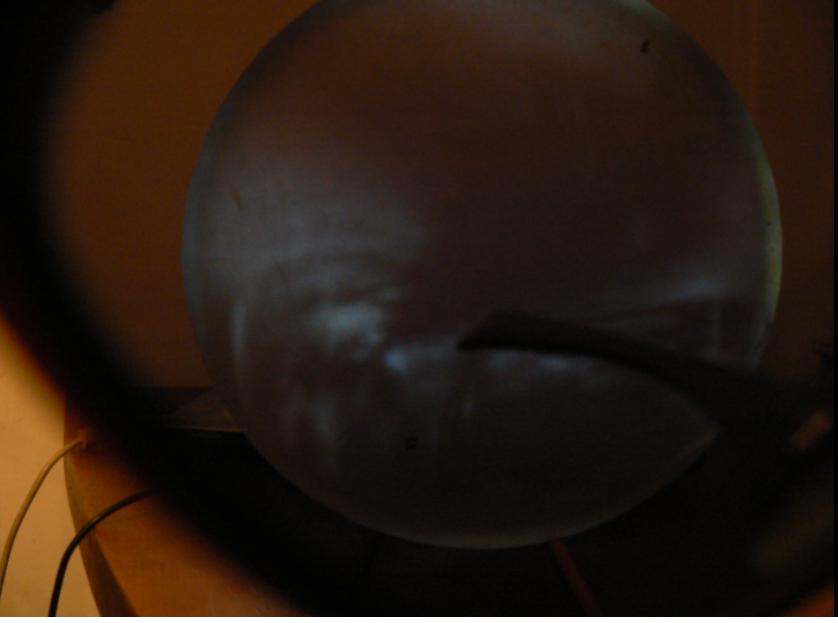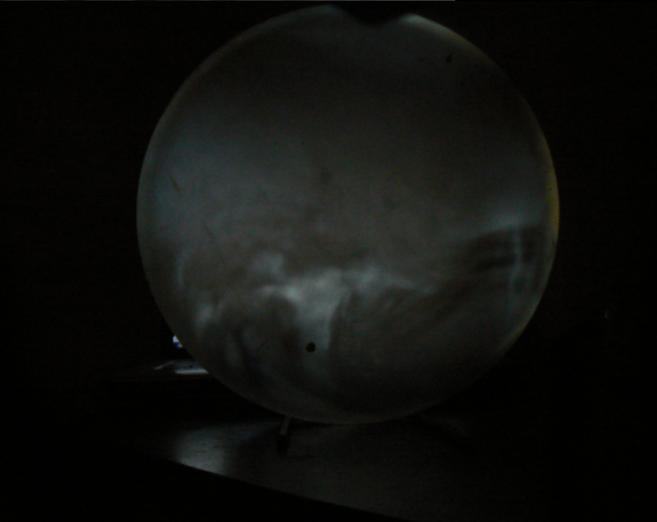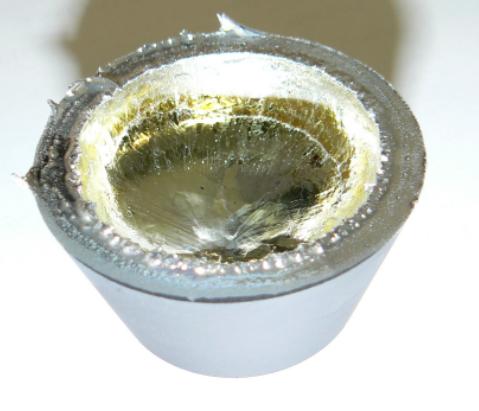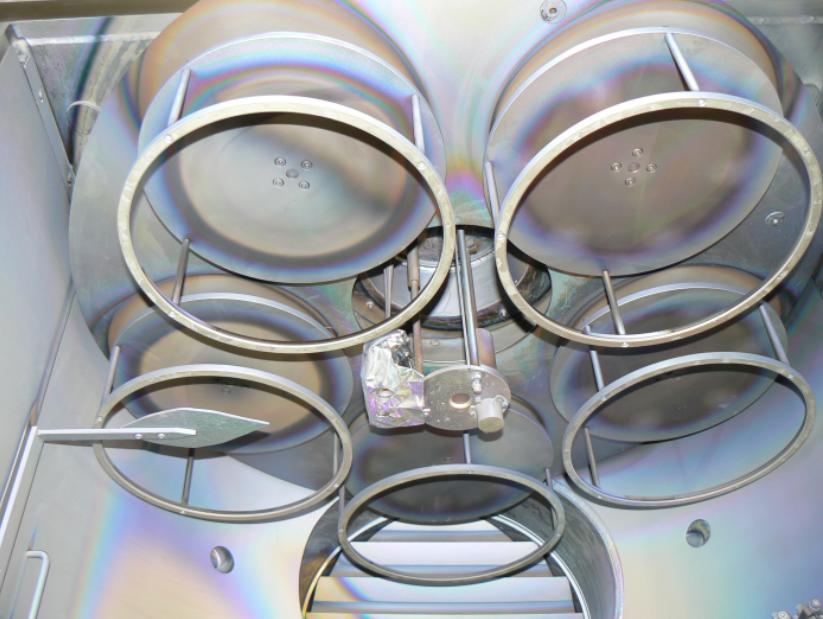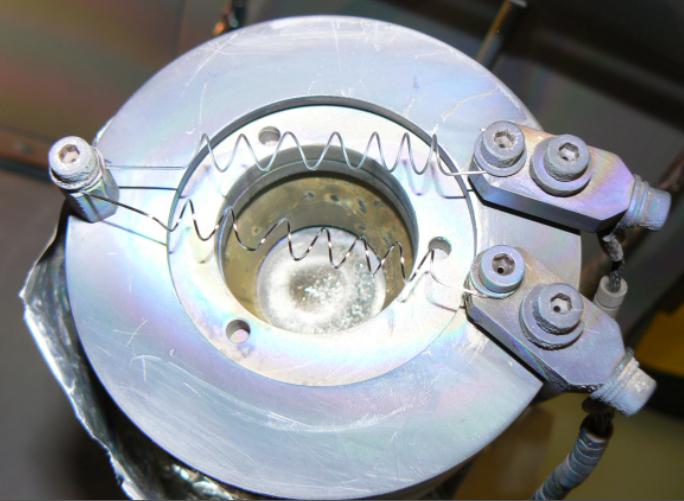What are anti-reflection layer, probably most people know. They increase the amount of light passing through the optical system. This is done napylając glass surfaces with well-defined layer thickness, material with a suitably chosen refractive index. In theory, how to choose the refractive index, and the thickness I will not go into this place, You can find it (to the extent that the understanding) in most textbooks dealing with optics and some physics textbooks. I once met with the objection (worse, a renowned technical university student), that imposing any layer on the glass, You can not increase the amount of light passing through them. However, you can look at the matter differently: should be remembered , that light has a wave nature, therefore, in appropriately selected layer interference occurs, through which reflection can be enhanced ( dielectric mirror) anti-reflection layer or lower case.
The simplest layer, made of one material, allows for anti-reflective-type V, that is, the minimum reflection is obtained for one, a specific wavelength. For example. For the layer reduces the reflection to some extent , ie.. for visible light, multilayer coating is used.
Many people try to “na Oko” assess the quality of the layer, mostly based on its color. This is another mistake. I have often heard such comments, old binoculars that are beautiful, blue layer, which are very good. Well, nothing is further from the truth. In the old binoculars (and not only) layers were generally single, So these were the type antyrefleksy “In” usually made of magnesium fluoride, which in addition is quite soft. The old evaporator gave no other option. In addition, adequate measures were not, allowing a very precisely defined thickness and finish it fast evaporation. Optician, from whom I learned to use modern napylarek, told me, that in the old apparatus of vacuum layer thickness is often obtained by calculating the evaporator chamber size and density of the material and quantity naparowywanego (mass), that it was necessary to evaporate completely, to obtain specified thickness. This of course gave very different results. Returning to the colors of the layers, human eye is able to pick out the color, which the reflected light is 0,1% more than other colors. From this it follows, that if we have a layer that reflects, say, 0,1% visible light, but for the wave length 630 nm reflection grows to 0,2%, that the human eye, layer will have a red color. And this layer is spectrally much better than, say, such, which reflects the average 0,2% give to Gorky 0,3% will have to wave 550 nm. Thus the frequent finding that beautiful amateur, greenish layers are much better than the reddish are simply unfounded.
I, that some people buying a used optical equipment, are unhappy with the quality of the layers; surface of the lens seems to be scratched, Layer look , if partly descended from a glass. Then the question arises, whether such a layer can be regenerated. Theoretically yes, Only certain conditions are, which in practice usually can not be met. Firstly, need to know the refractive index of glass of which the lens. Secondly, to impose a new layer to get rid of the old. There are special fluids, that allow you to remove certain types of layers. However sięwarstwa often resistant to the fluid, or worse, glass sensitive to this drug. As a result,, after the application of fluid, in extreme cases, we will be with partially or not at all removed and a layer of glass lens nadtrwionym. Sometimes this layer can be spolerować, but this method also is not sure. I spoke with the optician once, who tried to rebuild the front lenses of photographic lenses, used to take pictures in the metallurgical, where they were exposed to feather into the surface of metal particles. The problem with spolerowywaniu layer consisted of the, that the hardness of different layers of glass and, surface is not evenly spolerowywała, in addition sometimes a piece could break off and scratch the surface layers. safer to perform a special tool and grinding layers of fine powder, and then polished. Only now are the high costs, in addition it is not known, whether to collect even a small amount of glass will not change the optical parameters of the lens to the extent that continued use in combination with other elements. Both spolerowując and zeszlifowując old layer, have previously measured the curvature of the lens and then by polishing to obtain the same. Here you need the interferometer.
Even more complicated case when we deal with the element (ie.. achromatem) in which the component lenses are glued. Takowego lens insertion apparatus broken glass vacuum will result of different thermal expansion of glasses with lenses made components which. It is therefore the optical element unstick. I would add, that the individual components are usually sprayed achromatu different anti-reflection layer, to obtain the same spectral properties. This is due to different refraction wspłczynników flintu and kronu. Achromatu old is putting up a risky occupation, and not always successful (read: nieposzczerbionym or glass niepopękanym). Achromatu re-gluing operation which is another qualified employee must perform the appropriate instrument. Here the problem is, that after the first, you need to know how well the glue squeeze out from between the bonded lens, secondly, a special instrument so you need to set the optical axes of the component lenses, would be covered.
In sum- process to impose new layers must be made in good optical plant,by good professionals. Thus, it is a costly procedure. Putting the lens into the hands of chałturnika over at least the deterioration of optical properties and possible, that even its destruction.


